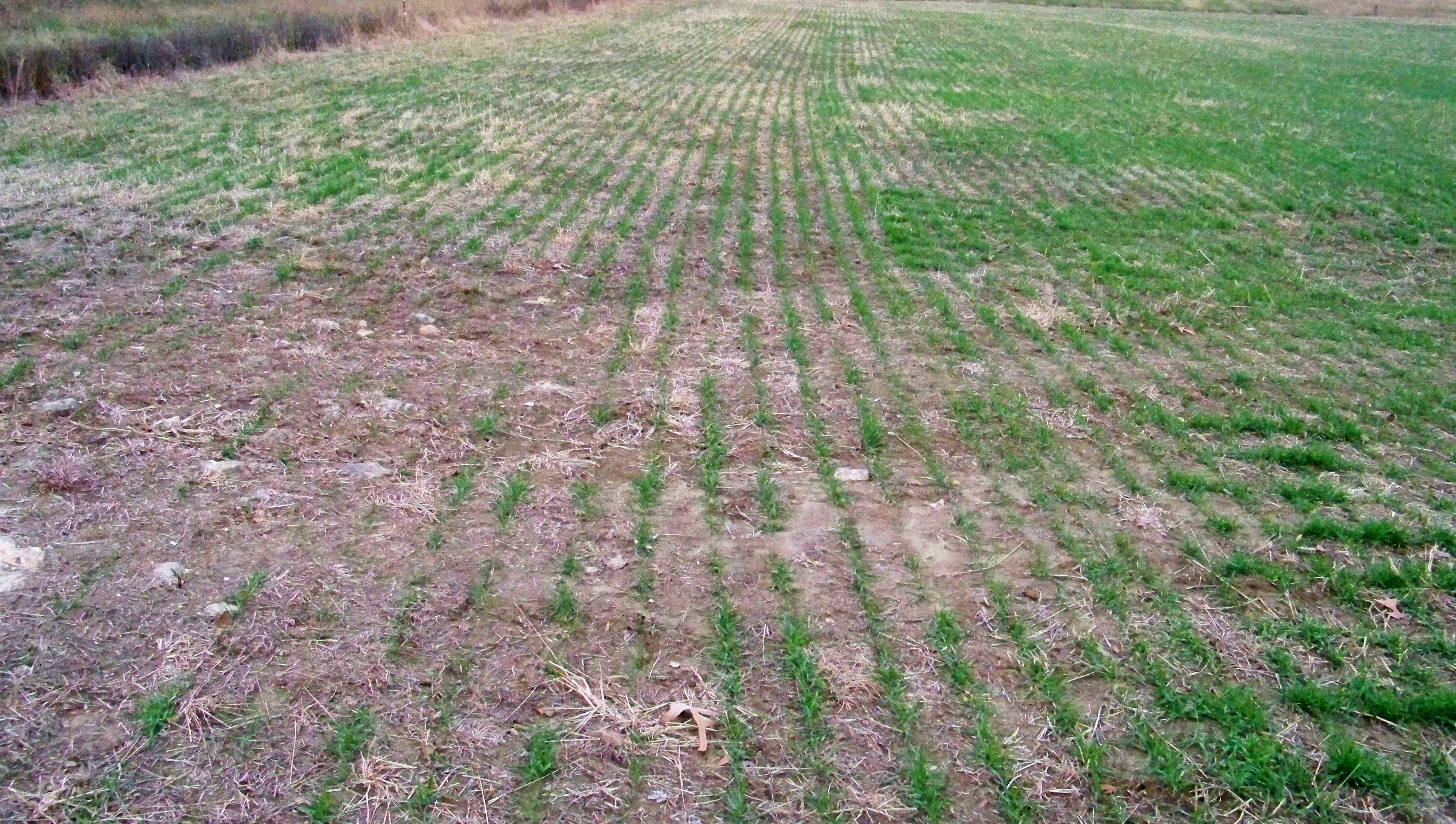Dry conditions impeding forage growth in Arkansas
By The U of A System Division of Agriculture
Fast facts:
- 86 percent of Arkansas in drought rating
- Jennings: Don't give up on management practices because rain will come
(590 words)
LITTLE ROCK – The drought covering more than 86 percent of Arkansas is severely impeding winter forage growth, but that shouldn’t stop ranchers from using good management practices, said John Jennings, professor of animal science with the University of Arkansas System Division of Agriculture.
“Rain will occur at some point and there is still time for pasture growth if management practices are in place,” he said. The National Weather Service at Little Rock was forecasting a 60 percent chance of rain in its warning area for Friday.

According to the National Agricultural Statistics Service, only 23 percent of pasture in Arkansas was in good or excellent condition, while 41 percent was fair. Thirty-six percent was rated poor or very poor for the week that ended Nov. 13.
Jennings has a few recommended actions for those managing forages:
- Fall is a good time to collect soil samples, apply lime, and inventory forages to plan next year’s forage system.
- Growth of warm-season grasses like bermudgrass and bahiagrass is basically over for the year thanks to temperatures and drought. Many pastures are turning brown. What to do? Many pastures still have forage so treat those like stockpiled bermuda/bahia. Strip-grazing or rotational grazing will extend the use of limited forage as long as possible.
- “Fescue still has potential to make good fall/winter pasture if we get rain and have good growing conditions,” Jennings said, adding that “response to fertilizer applied this late would likely be low.” Fescue that has some new leaf area has the best chance for fall growth. Defer grazing on those pastures to allow as much growth to accumulate as possible. Continually grazing off leaf area now will prevent any further growth. Feeding some hay now would not be a bad idea to allow fescue fields to grow through the rest of fall.
- Winter annuals like small grains and ryegrass have potential for late fall/winter grazing and certainly can provide early spring grazing if not overgrazed in winter. Fall growth potential of winter annuals in order of highest to lowest are cereal rye, wheat, then ryegrass. Avoid grazing small grain stands before they reach 8 inches or more in height especially during this dry weather. Dry weather is delaying growth but there is still growth potential if rain materializes. Feed some hay now while the weather is warm. Spring-calving cows have pretty low nutritional requirements right now. Save the winter annuals for later when cattle nutritional needs increase before calving.
- Most producers have a lot of hay albeit of variable quality, but with dry fall weather, many will be feeding hay earlier than normal. “We are seeing some producers already feeding some hay,” Jennings said. “That means they will need more hay to last from October through early April.”
- Watch for toxic weeds such as frosted johnsongrass. Johnsongrass is very attractive at any stage. Prussic acid poisoning potential is very high for short johnsongrass forage – those plants less than 18 inches tall -- wilted forage, for a new flush of growth soon after a rainfall, and frosted forage.
- Winter weed control should be planned this year. “Remember all the buttercup and thistles last spring? That seed is waiting to germinate this fall,” Jennings said. “Waiting until March to spray often results in disaster due to rain, snow, wind, mud, and other factors. Weeds are small and easy to control, more days are available to choose good spraying conditions, and winter spraying works.”
For more information about managing forages, visit www.uaex.uada.edu or contact your county extension office.
Pursuant to 7 CFR § 15.3, the University of Arkansas System Division of Agriculture offers all its Extension and Research programs and services (including employment) without regard to race, color, sex, national origin, religion, age, disability, marital or veteran status, genetic information, sexual preference, pregnancy or any other legally protected status, and is an equal opportunity institution.
# # #
Media Contact: Mary Hightower
Dir. of Communication Services
U of A Division of Agriculture
Cooperative Extension Service
(501) 671-2126
mhightower@uada.edu
Related Links